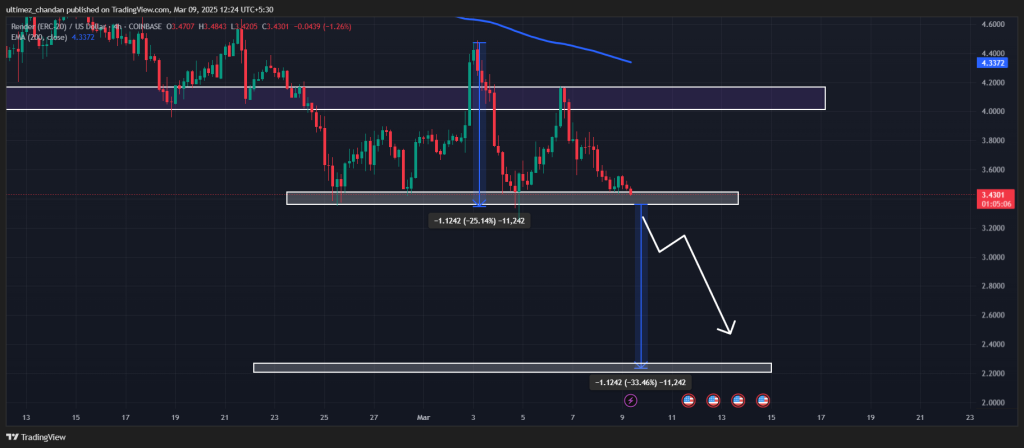
The US has lifted sanctions against crypto mixer Tornado Cash but the procedure has drawn widespread criticisms. Coinbase Chief Legal Officer (CLO) Paul Grewal has taken swipes at the US Treasury for its “botched” attempt at waiving the need for a final judgment.
Coinbase CLO Pokes Holes In US Treasury’s Latest Court Filing
In a strongly worded post on X, Coinbase CLO Paul Grewal railed against the US Treasury’s handling of Tornado Cash’s delisting from the sanctions list. According to Grewal’s disclosure, the US Treasury filed a pleading to moot the need for a final judgment on the matter.
In legal terms, a party to dispute can apply to moot a final judgment, arguing that the issue at hand is no longer significant or actionable. Following Tornado Cash’s removal from the Specially Designated Nationals and Blocked Persons (SDN) list, the US Treasury’s latest filing seeks to waive a final judgment on the case. Tornado Cash users have been in court, challenging the US Treasury’s decision to place the mixer on the SDN list.
However, Grewal argues that the filing runs contrary to established legal processes in the US. He notes a proper filing follows only if the defendant can show that the “practice cannot reasonably be expected to recur.”
The Coinbase CLO cited several legal precedents involving law enforcement agencies removing sanctions and not moving a case. He argues that without a final court judgment, law enforcement can review their decision to impose fresh sanctions at a future date.
“Treasury has likewise removed the Tornado Cash entities from SDN, but has provided no assurance that it will not re-list Tornado Cash again,” said Grewal.
A Protracted Legal Battle Against Authorities
The road toward the lifting of Tornado Cash’s sanctions was long and winding. A raft of Tornado Cash users headed to court to protest the placing of the mixer on the SDN list. US authorities say the mixer played a principal role in laundering nearly $500 million worth of stolen digital assets by North-Korean backed Lazarus Group.
After notching a series of small wins in Court, Grewal criticized the US Treasury for failing to comply with a court ruling clarifying the status of Tornado Cash’s smart contract. The court ruled that the smart contract did not form property under the IEEPA as it is non-erasable.
Tornado Cash has received support from Coinbase with the Ethereum Foundation supporting the legal defense of lead developer Alexey Pertsev.
The post Coinbase CLO Criticizes The US Treasury Over Tornado Cash SDN Delisting Procedure appeared first on CoinGape.




